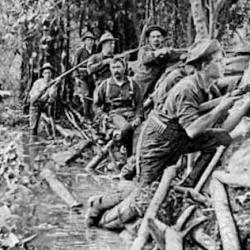In his history of American lighthouses (Brilliant Beacons), Eric Jay Dolin describes mid-19th century conflicts over the American lighthouse system. It sounds familiar—conflicts between those who wanted to rationalize and those who preferred the ramshackle system already in place; conflicts between technological innovation and traditional methods; conflicts between Europeanizers and Americanizers, between a defiant establishment facing agitation from the fringes; a conflict of expertise v. common sense and American know-how.
One of the main players in the debate was William Penn Lewis (known as IWP), who write to a congressman in 1842 that “Instead of order, economy and utility, in the administration of the lighthouse system . . . we have confusion, extravagance, and impotence. . . . We have two hundred and thirty-six witnesses in the shape of as many lighthouses, that all order, economy, and utility in the construction, illumination, and administration, are set at utter defiance by rule of ignorance and incompetent men, who are still pursuing the same career unnoticed and uncared for” (quoted 112).
An article published in the American Review a few years later came to similar conclusions: “Our whole system lacks method; and nothing can ever supply this radical defect, until science and experience are systematically introduced into its supervision. The establishment is not adapted either to the wants of our commerce, or to the advanced state of science and of art. And yet, in all other branches of industry and social economy, we are prompt to seize upon all improvements. . . . There, certainly, is no reason why similar improvements should be rejected or neglected, in so important a branch of the public services as our Light-House Establishment” (123–124).
The House Commerce Committee launched an inquiry, stacked with IWP’s opponents. It discovered “serious problems at 40 percent of the lighthouses examined,” but concluded that it was not due to poor administration (113). Dolin says that the Democrats who controlled the national government “generally opposed expenditures on public works and internal improvements, such as lighthouses and canals, because they didn’t want to benefit one branch of commerce or industry over another” (118).
Reform eventually came, but not for another decade. In 1851, Congress established the Lighthouse Board recommended a “radical overhaul of the system that put the best scientists and engineers in charge. The current lighthouse establishment should be replaced with a board that had the same range of individuals as the current Lighthouse Board, while adding another civilian with scientific skills, and an officer of the army engineers as a second secretary” (127–8).











